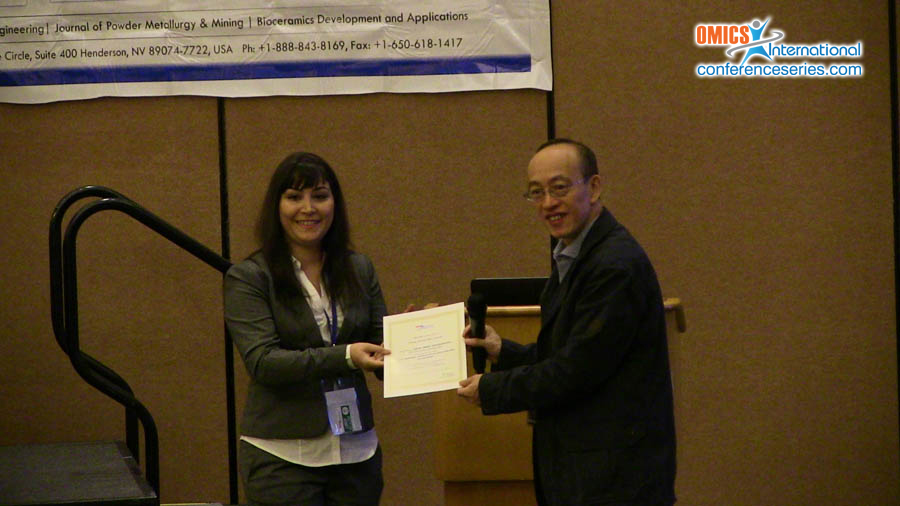
Adrine Malek Khachatourian
KTH – Royal Institute of Technology, Sweden
Title: Y2O3:Eu3+ nanophosphors: Synthesis by microwave-assisted heating method and characterization
Biography
Biography: Adrine Malek Khachatourian
Abstract
Rare earth doped Y2O3 based nanophosphors, especially Y2O3:Eu3+ compounds have recently received an increased research interest due to their potential applications in display devices, temperature sensing devices, solid state lasers, as well as bio labels, bioimaging probes and medical diagnostics. Here, we report on the fabrication of monodispersed spherical Y2O3:Eu3+ nanophosphors using microwave-assisted heating method. This method is a green, energy efficient, high yield and highly reproducible. The effect of different reaction parameters on morphological characterization, as well as the correlation between Eu3+ doping and calcination temperature on the structural and luminescence properties of Y2O3:Eu3+ nanoparticles are investigated in detail. X-ray diffraction (XRD) analysis indicates that the as prepared particles have Y(OH)CO3 composition, which converts to Y2O3:Eu3+ starting from 500 °C and become crystalline at higher temperatures. The transmission electron microscopy (TEM) micrographs show that the particles are spherical, monodispersed and non-agglomerated. High resolution TEM reveals polycrystalline nature of the calcined particles. Furthermore, increasing Eu3+ concentration from 0 mol % to 13 mol % the overall size of particles increases from 61 ± 8 nm to 86 ± 9 nm. Photoluminescence (PL) analysis of Y2O3:Eu3+ particles indicates a strong red emission peak at 613 nm corresponding to 5D0–7F2 forced electric dipole transition of Eu3+ ions under UV excitation. The emission peak increases proportionally with Eu3+ concentration and the calcination temperature with no luminescence quenching phenomenon observed even for Y2O3:13%Eu3+. The red emission characteristics, the morphological properties as spherical shape, monodispersity and nonagglomeration, combined with being heavy-metal free render these particles as promising bio-labels and bio imaging probes.



